How we develop visual learning in childhood
All our senses provide us with information about our environment, visual learning is part of this process and it is also a very important part, because it will provide us with a large part of everything we assimilate.
Visual learning is not automatic, we must learn to draw conclusions from what we see and concentrate our attention on what is important. This learning process is developed during the first years of our lives and will allow us to develop a process, that we will also put into practice during our adult life.
At ISP Schools we have developed an educational method that integrates all the skills involved in learning. Throughout the first years, we develop all kinds of activities aimed at learning through visualisation, in order to strengthen this skill.
What is visual learning?
Visual learning is the part of learning that we acquire through the sense of sight. In fact, most of the things we learn during the school years come from our sense of sight, so it is important to consolidate this ability and also to encourage the performance of visual memory.
The 3 learning processes related to sight
Whenever we observe something we are acquiring information, and therefore, we are consciously or unconsciously reflecting on what we see. In the case of academic visual learning, we distinguish 3 types of learning that are continuously combined.
- General information: Every image that passes through our eyes will allow us to draw a conclusion, to learn and to reflect. In the classroom we perceive stimuli continuously, and therefore we pick up all kinds of information both specific and from the general environment.
- Concepts: Concept maps, diagrams and, in general, organised information allow us to learn more and in a more efficient way. Our mind will assimilate this type of information from the visual organisation it perceives.
- Visual memory: The third fundamental aspect of visual education has to do with memory, and the capacity we have to retrieve images and associate them with each other.
The combination of general information, conceptual information and the ability to memorise images will generate a capacity based on images, which will allow us to take advantage of the stimuli we receive through sight.
Development of visual models for learning
In terms of conceptual learning, a method has been developed in recent years, based on visual concepts that help to organise and memorise all kinds of information.
Some of these resources are the following:
- Concept map: We know as concept maps graphic representations that allow us to relate and compare ideas, each idea has its own space, and concept maps can be visualised in their entirety to obtain a general idea.
- Timeline: Timelines are very useful in subjects such as history or biology, because they allow us to establish temporal relationships between different phases.
- Idea maps: Idea maps include spaces, arrows, drawings and other graphic representations, with which we can develop a complete topic.
- Diagrams: Diagrams are also based on a visual organisation that integrates the different parts of a topic.
- Related images: Photographs, paintings, digital designs and other images also help us to learn from visual memorisation.
The consequences of learning from images
Much of the assimilation of concepts from sight is based on an innate process, but we can improve our ability during the early school years.
One of the main advantages is that we have better observation skills. The visual learning method will allow us to take a closer look at our environment and to grasp more information.
The development of visual skills is also good for memory. Remembering images, from videos to photographs to concept maps, is a good way to improve our memory performance.
Visual learning is also an important stimulus for creativity and imagination. Students with high visual skills are also able to be more original.
Digital environments to promote visual education
The concept of image has changed a lot in recent years. It is very different to learn based on the images of a printed book, than to have resources based on virtual and augmented reality. At ISP Schools we know that learning based on visual resources is important, which is why we adapt new technologies to the academic environment, so that our students have access to the most advanced resources in education.
For our schools, creating a digital environment is fundamental to our pupils’ daily lives. The generations that are born digital natives need technology-based resources, which is fundamental for developing their visual skills and adapting them to what the future will bring.
ISP Schools, a commitment to academic innovation
At ISP Schools we see education as an integral process, which is why we take into account all the aspects that influence our students’ education. Our commitment to innovation in the classroom is continuous and allows us to improve every year.

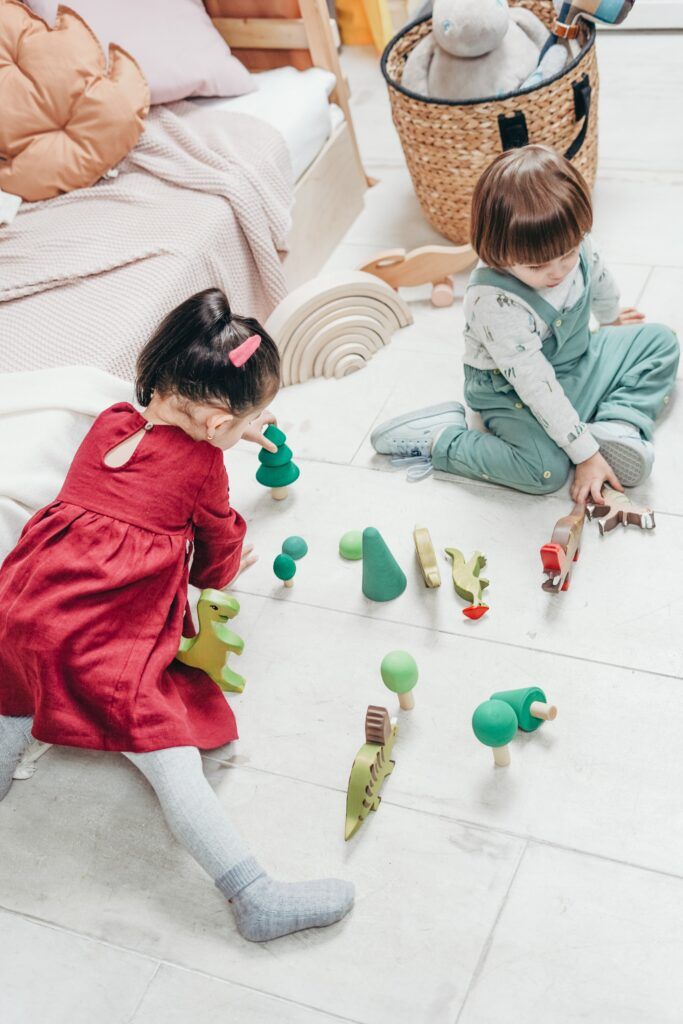




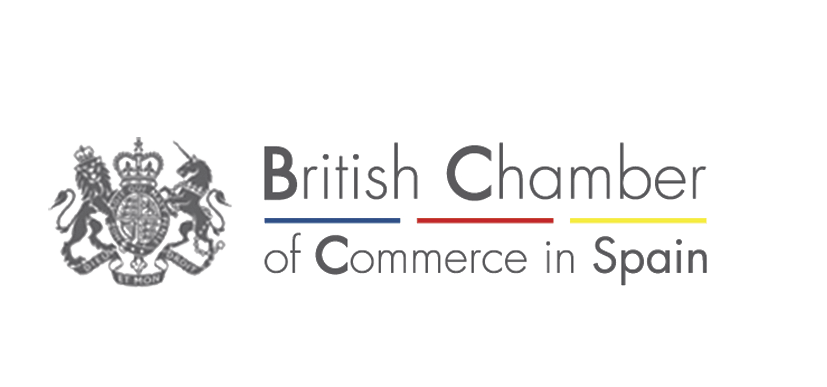
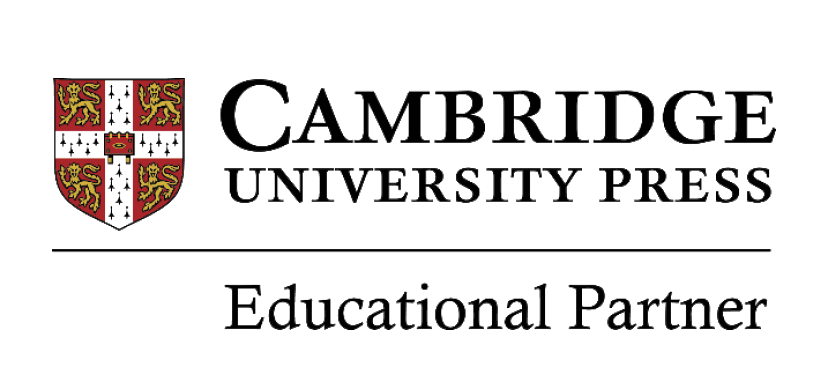
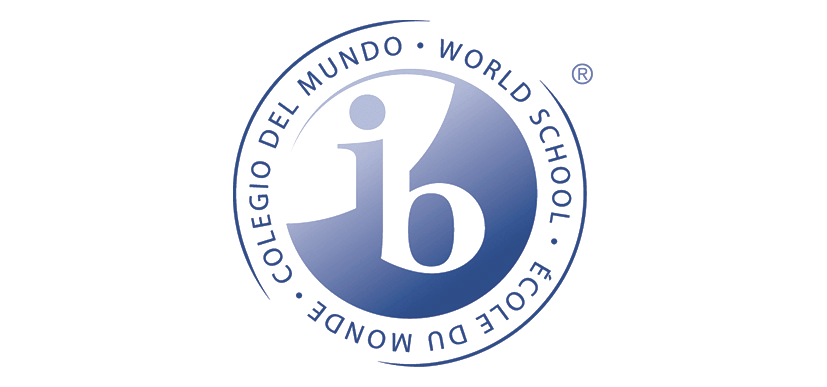
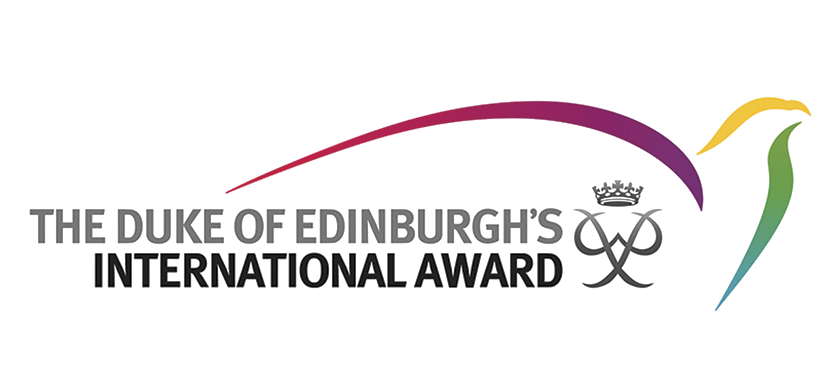
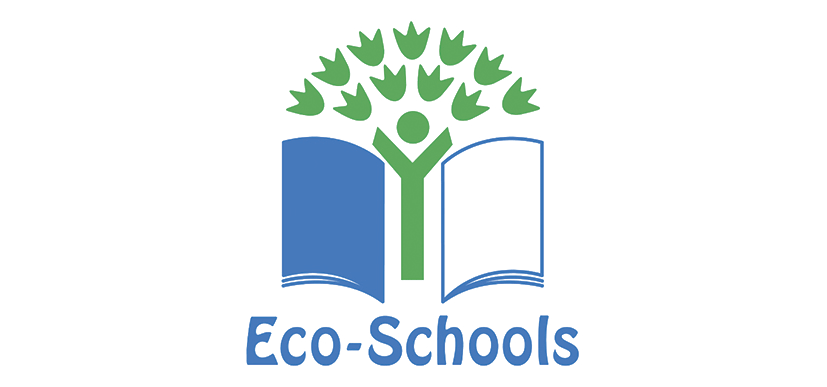

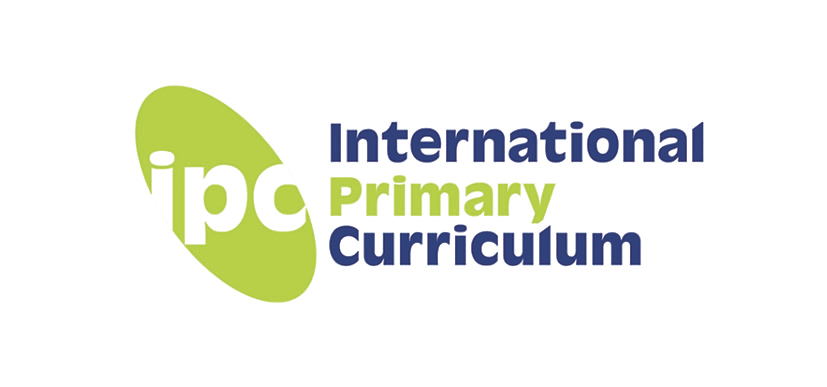

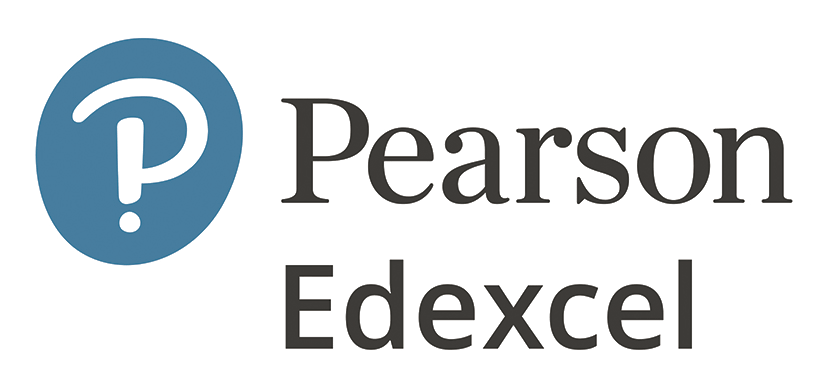

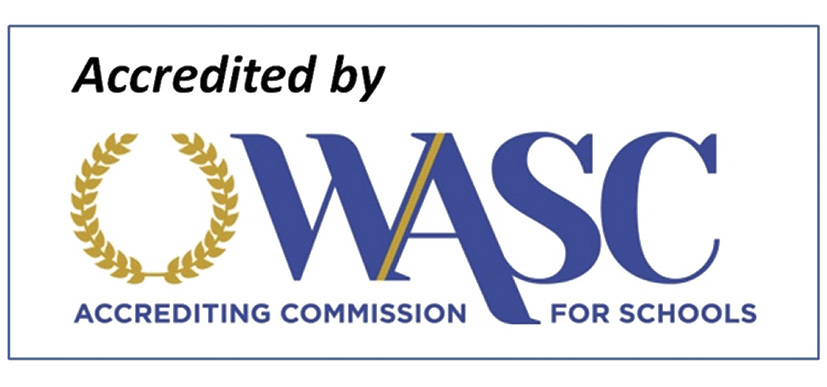
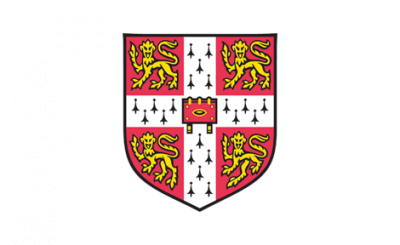
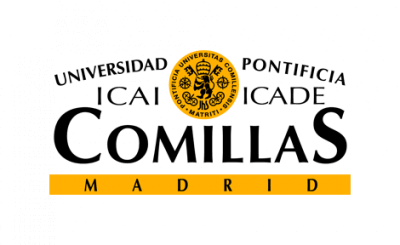
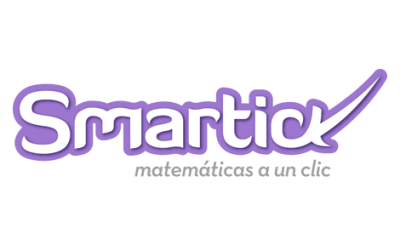
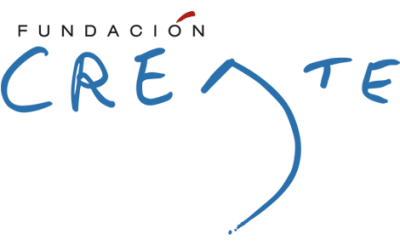
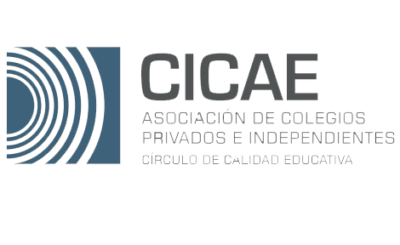
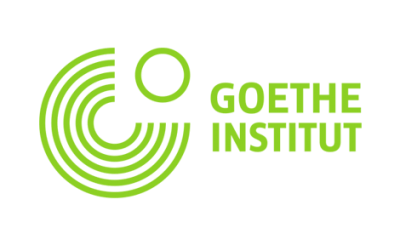


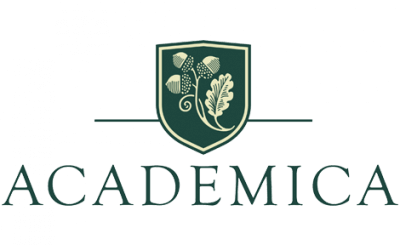
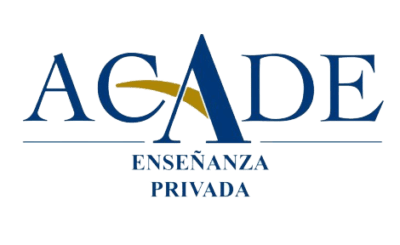
Recent Comments